Four Projects Receive ICONIC AWARDS 2025, Germany
-
Sustainability
INOGATE OSAKA, GLION ARENA KOBE, Building 22 of Yamaha Corporation headquarters, and YOKOHAMA SYMPHOSTAGE, designed and constructed by Obayashi Corporation, have won the "ICONIC AWARDS 2025."
The ICONIC AWARDS is an international design award organized by the German Design Council, which comprehensively evaluates all designs within the field of architecture. Awards are presented in five categories: Architecture, Interior, Product, Communication, and Concept, and in each category, three levels of recognition are given, namely "Best of Best," "Winner," and "Selection" in order of excellence. In the Innovative Architecture category, our four projects above won the Winner.
Innovative Architecture - Winner
INOGATE OSAKA
INOGATE OSAKA was completed in 2024 as a station building of Osaka Station City, a huge commercial complex around JR Osaka Station, boasting direct access from the new ticket gate (West Exit) of the station. It serves as the gateway to Osaka Station as well as the transit hub that connects pedstrians to surrounding areas.
This building is an ultra-thin skyscraper located in a narrow space along the railroad, approximately 160 meters long from east to west, which was secured by removing a part of the railway viaduct. It is a result of thorough identification of technical issues in design and construction to make full use of the potential of the site.
The north side overlooking the lush greenery of Grand Green Osaka, features a glass façade to maximize the tenant spaces and window views. On the south side facing the railroad, glass core shafts are arranged to reduce the solar heat load and surrounding noise.
The first floor incorporates the north-south undeveloped open area in the narrow interior space, embracing the natural landscapes around the site. In addition, the station building functions to improve the accessibility for pedestrians to the city area as the food and beverage tenant floors of the low-rise zone showcase new vibrancy to the city.
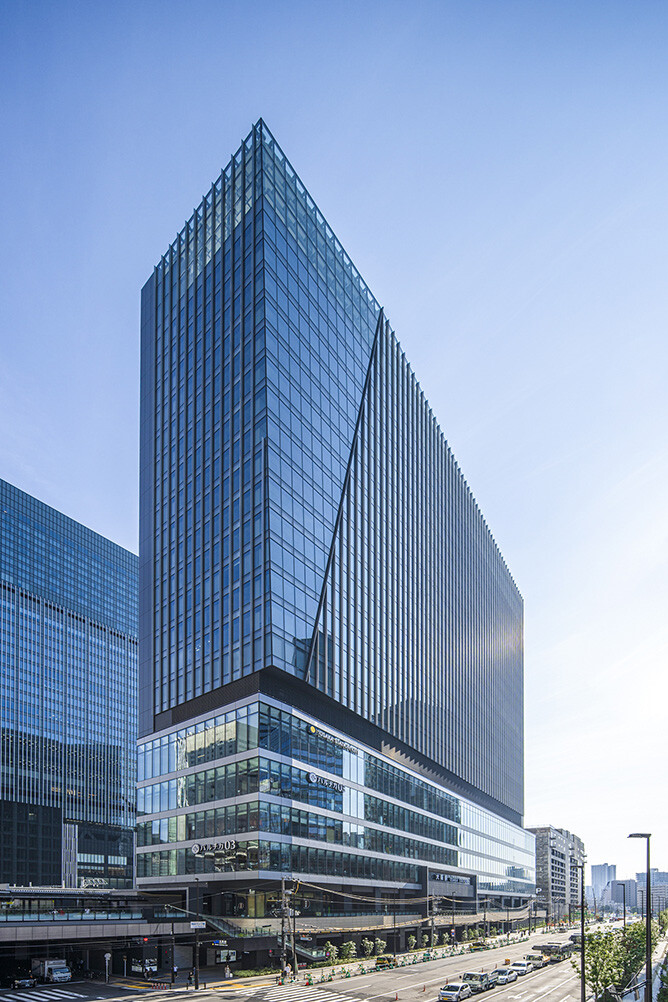
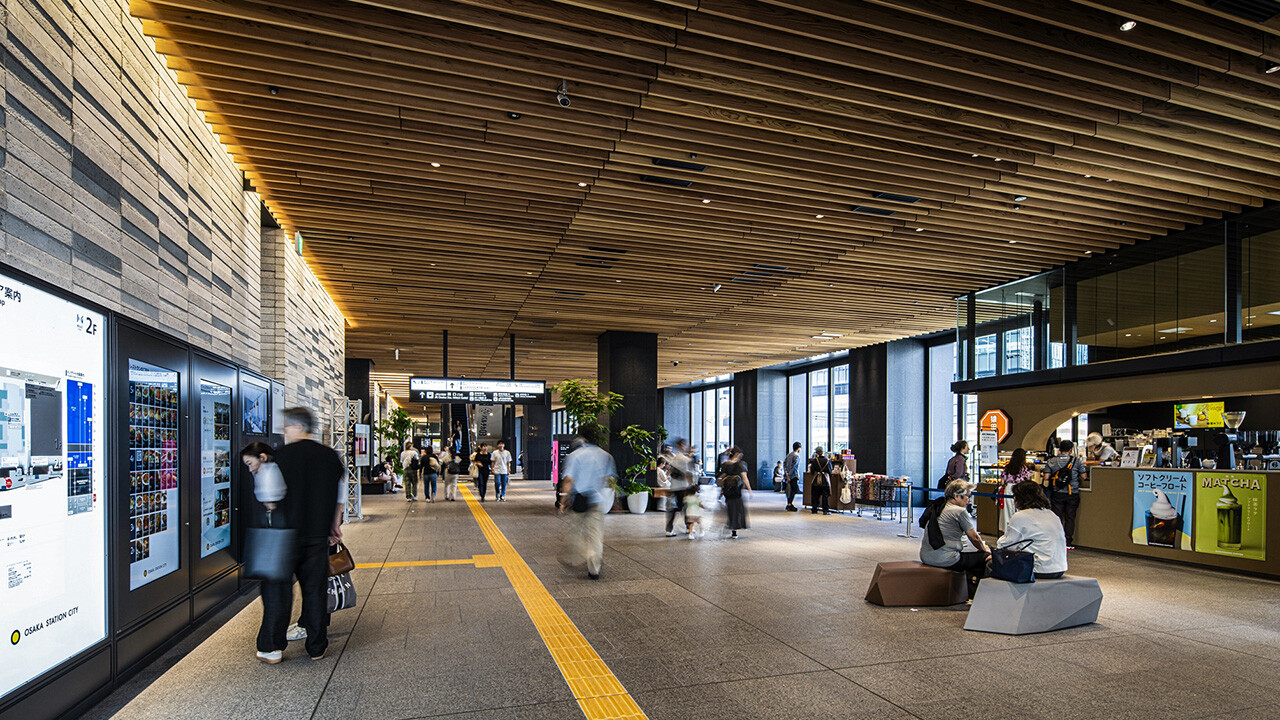
Innovative Architecture - Winner
GLION ARENA KOBE
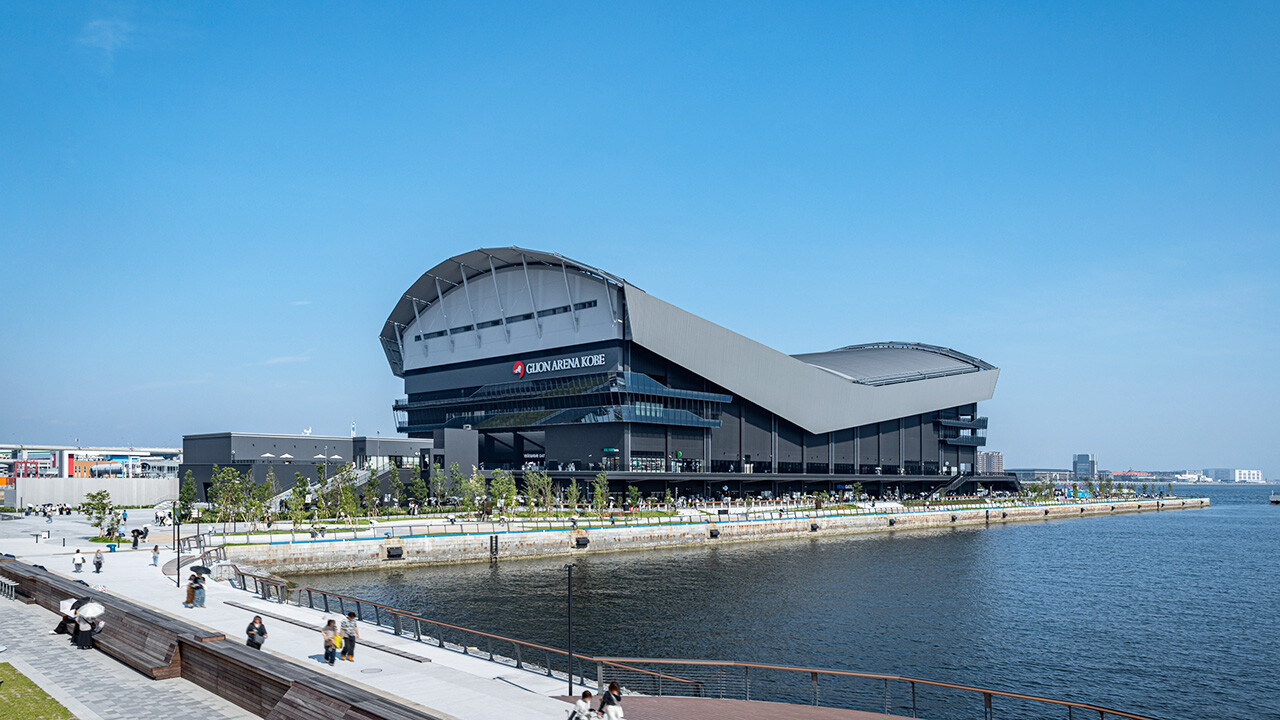
GLION ARENA KOBE is a next-generation arena that opened in the waterfront area in Kobe City, Hyogo, which has prospered as an international trade port. It serves as the landmark in this area where people gather and enjoy, featuring the eye-catching V-shaped roof profile stretching out toward both ends of Kobe City, the Seto Inland Sea and the Rokko mountainous region.
Located in the jetty projecting from north to south and surrounded by the sea, this arena has a horseshoe-shaped stand not only to secure seats for approximately 10,000 people, but also to provide a unique environment where the whole audience can experience a frenzy and sense of immersion due to the proximity to the court or stage.
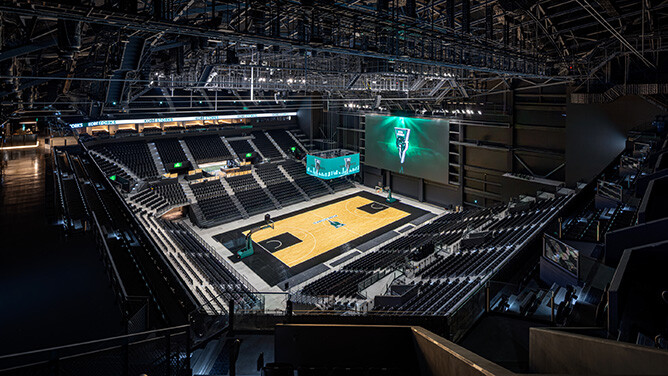
Innovative Architecture - Winner
Building 22 of Yamaha Corporation headquarters
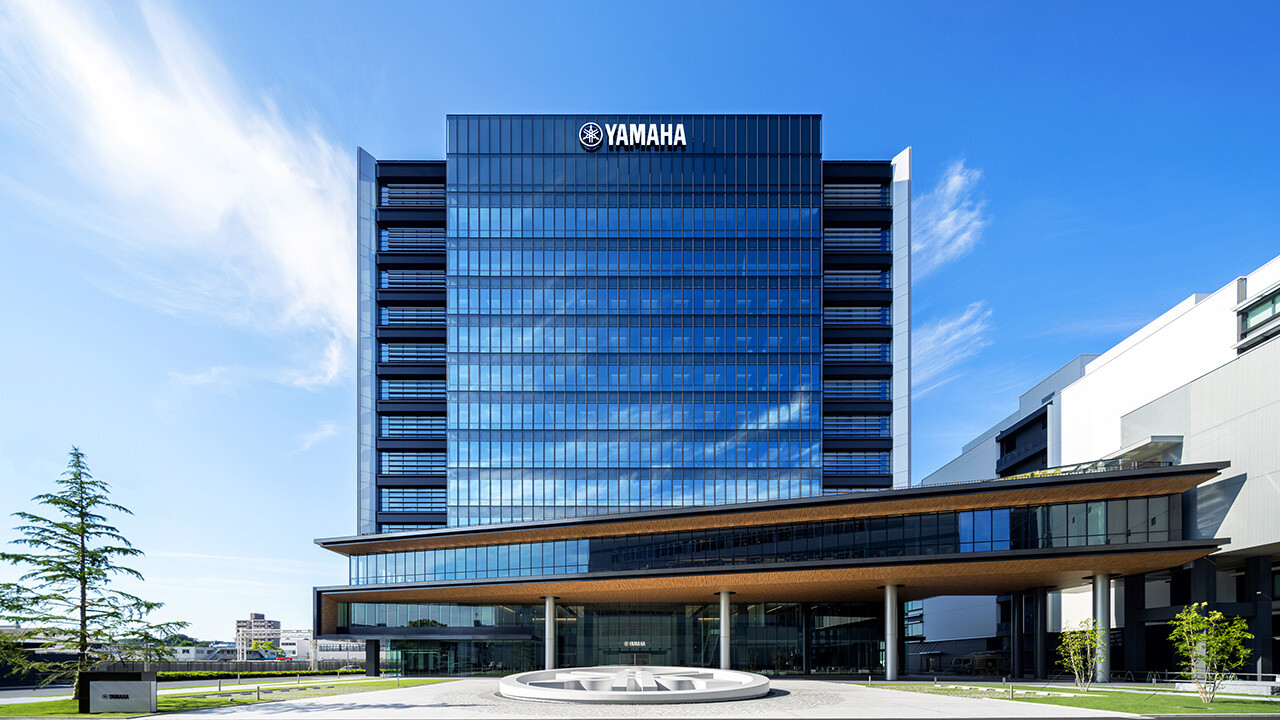
Building 22, located in Hamamatsu City, Shizuoka, serves as the 12-story office building of the global headquarters of Yamaha Corporation, a world-renownd musical instrument manufacturer.
The building has double-height entrance hall where the company's high-end CFX concert grand piano is exhibited. In addition, to improve environmental performance, it actively adopts environmentally friendly technologies, including solar panels, a double-skin façade, and an automatic solar tracking blind.
Building 22 is an office for apprxitanely 1,000 employees belonging to the core departments engaged in the headquarters functions. The large overhanging volume at the lower level serves as a single, open-plan cafeteria, which can also be used as a meeting space, workplace, and break area. This low-rise zone is connected to the other buildings, thereby facilitating an efficient network between people in this building and those in other departments.
The office's design aims to inspire innovation through close interaction among diverse human resources and quickly and effectively create new value.
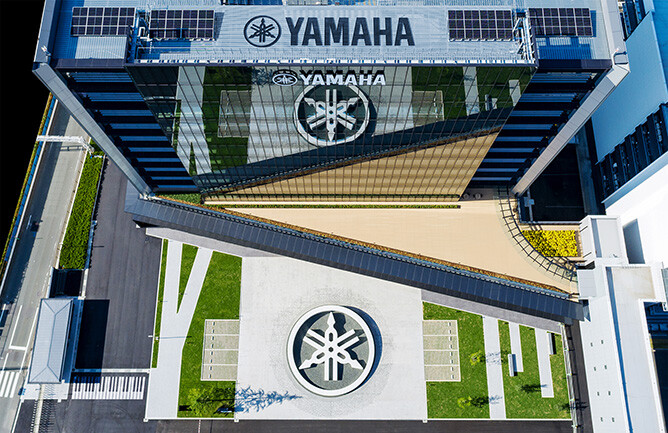
Innovative Architecture - Winner
YOKOHAMA SYMPHOSTAGE
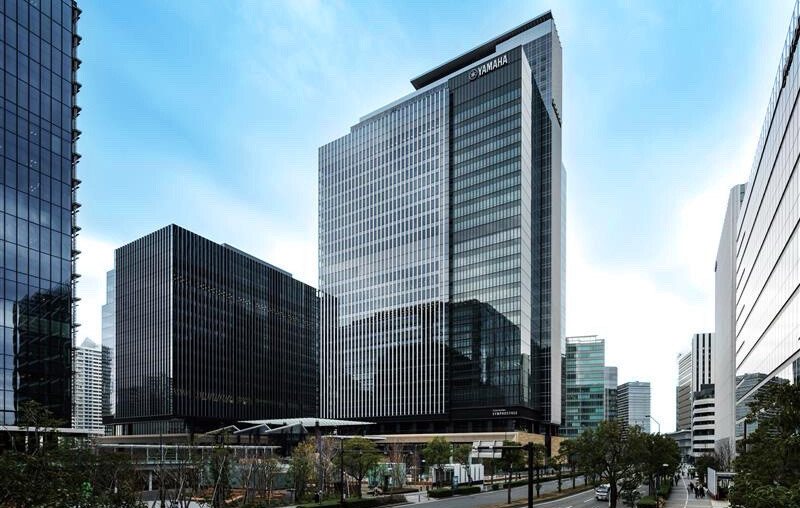
This large-scale complex, completed in the Yokohama Minato Mirai area of Kanagawa, consists of offices, commercial facilities, a hotel, shops, and other tenants. It comprises two buildings, West Tower and East Tower. The building's completion helped unify previously separated pedestrian flows between Yokohama Station and Minato Mirai Station, creating a new flow of people. In addition, the multi-layered plaza and lively public facilities used for various purposes were connected to these towers, aiming to further vitalize the Minato Mirai area.
In addition, a unique design approach was adopted in collaboration with Obayashi Corporation Technology Research Institute. Environmental conditions such as solar radiation and wind, and pedestrian traffic flows were simulated in the plazas, while air-conditioning and lighting efficiency was optimized for the offices. Thus, the complex building has created a comfort space that makes effective use of the natural environment most appropriate to each place and purpose.
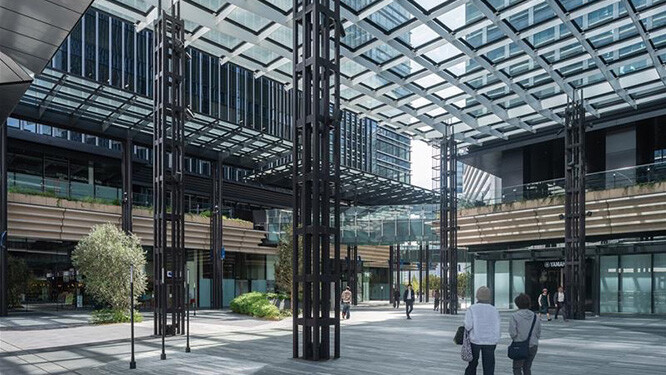
Obayashi remains dedicated to contributing to the realization of a better society by providing buildings of outstanding design that bring comfort and prosperity.

